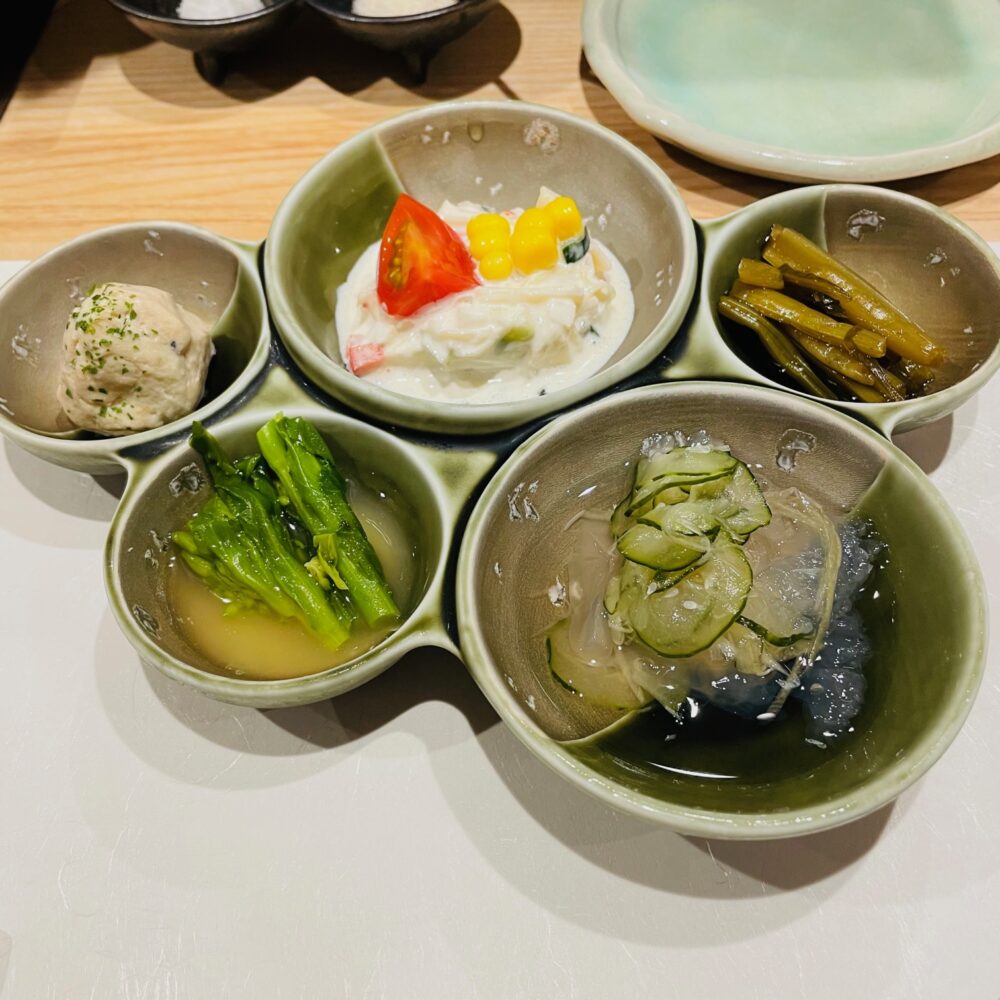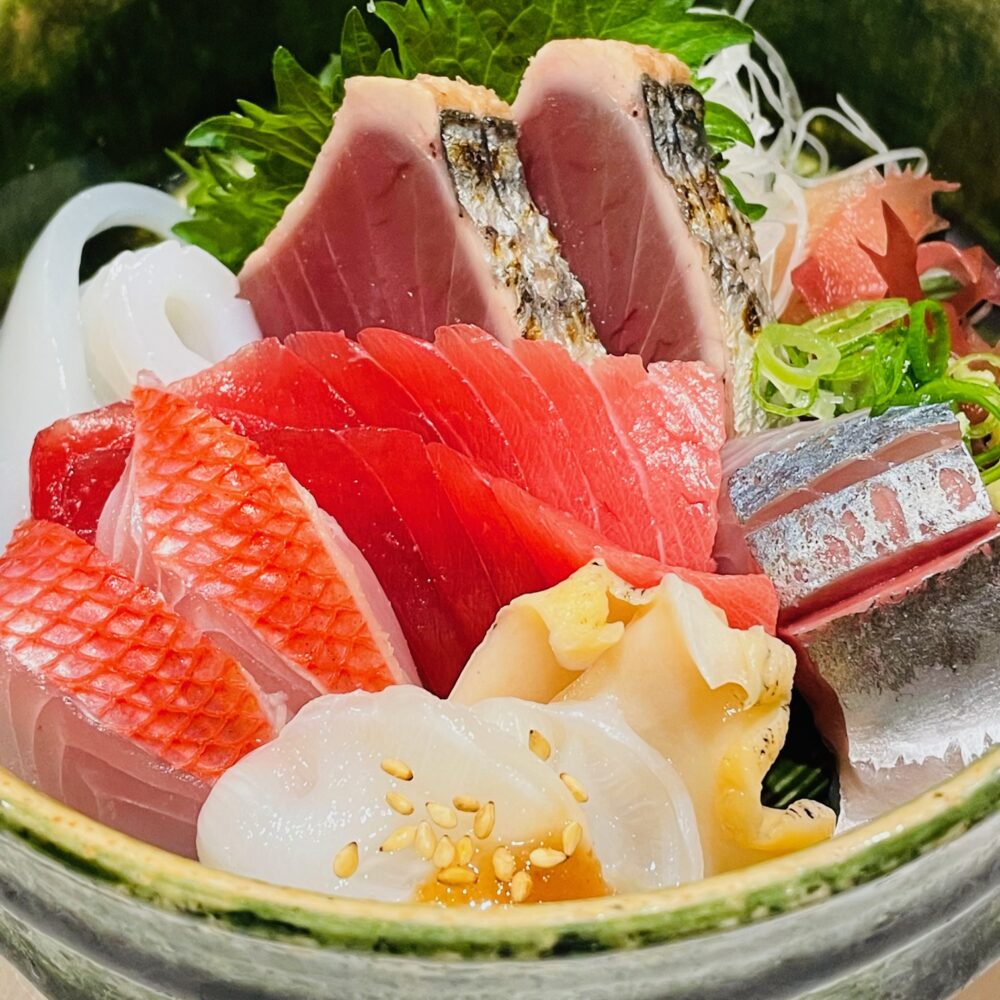Four local railways in Shizuoka Prefecture (Enshu, TenHama and Shizuoka Railway)
Table of Contents
4: Tuna bowl, Miho-no-Matsubara, Kuno-zan Tosho-gu Shrine
1: Enshu Railway
On the second day’s morning, I took the Enshu Railway from Shin-Hamamatsu Station to Nishi-Kashima Station. Compared to Oigawa Railway, Enshu Railway is an urban regional railway running through a residential area in Hamamatsu City, so it is not possible to enjoy the scenery of nature. It was crowded during commuting hours.
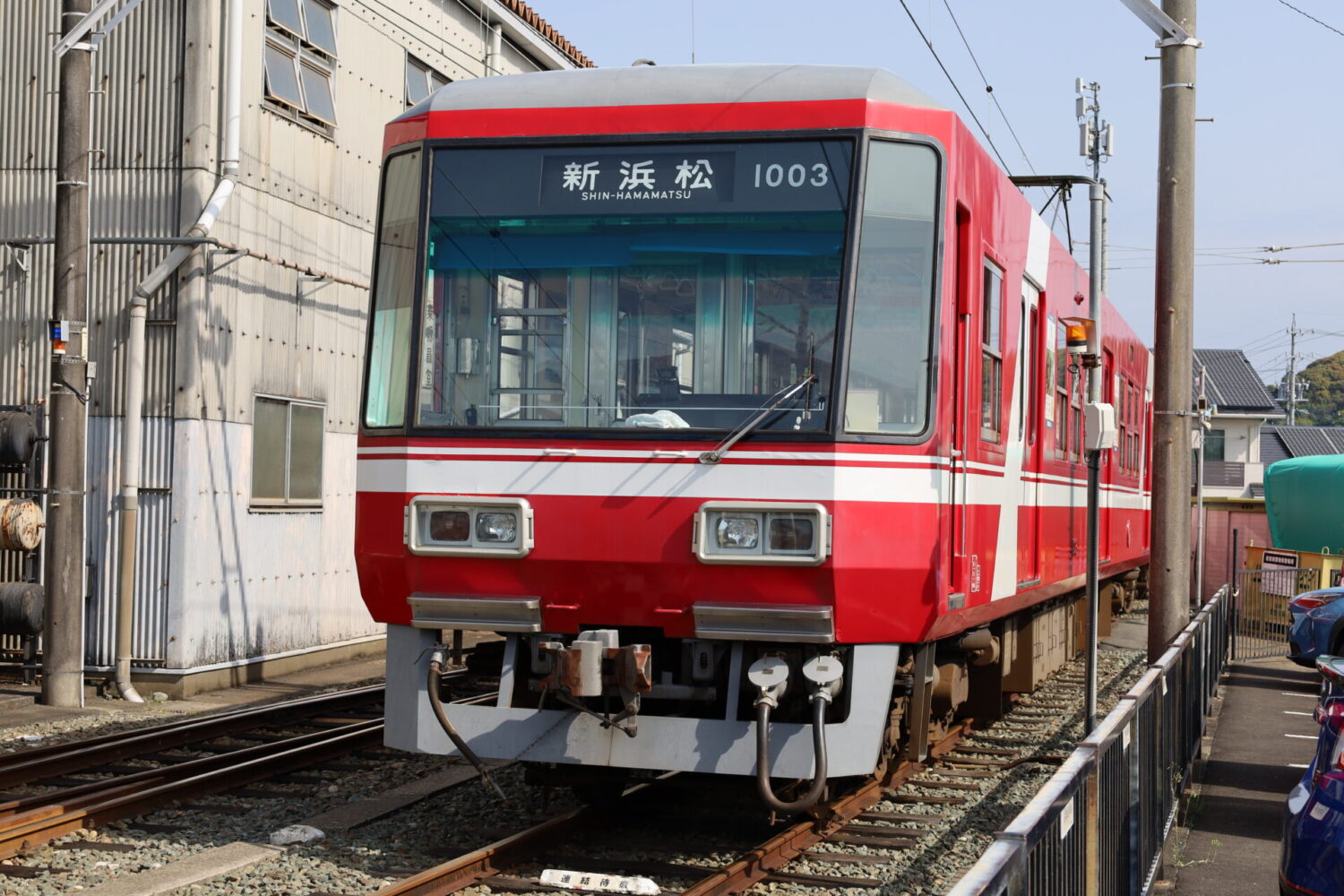
Enshu Railway’s consolidated sales were JPY 292.4 billion in FY2020, ranking it first among regional railway operators (95 in Japan as a whole). However, the railway business accounts for only 3.9% of sales, or JPY 11.5 billion. The group has more significant sales with non-railway businesses, such as real estate and department store operations.
Enshu Railway’s trains are painted red. Hence the nickname ‘Akaden,’ and the company also runs wrapped trains to commemorate the NHK historical drama “Dou suru Ieyasu” broadcast in 2023 and ‘Evangelion wrapped trains.’ A wrapped train is a train covered in wrap advertising.
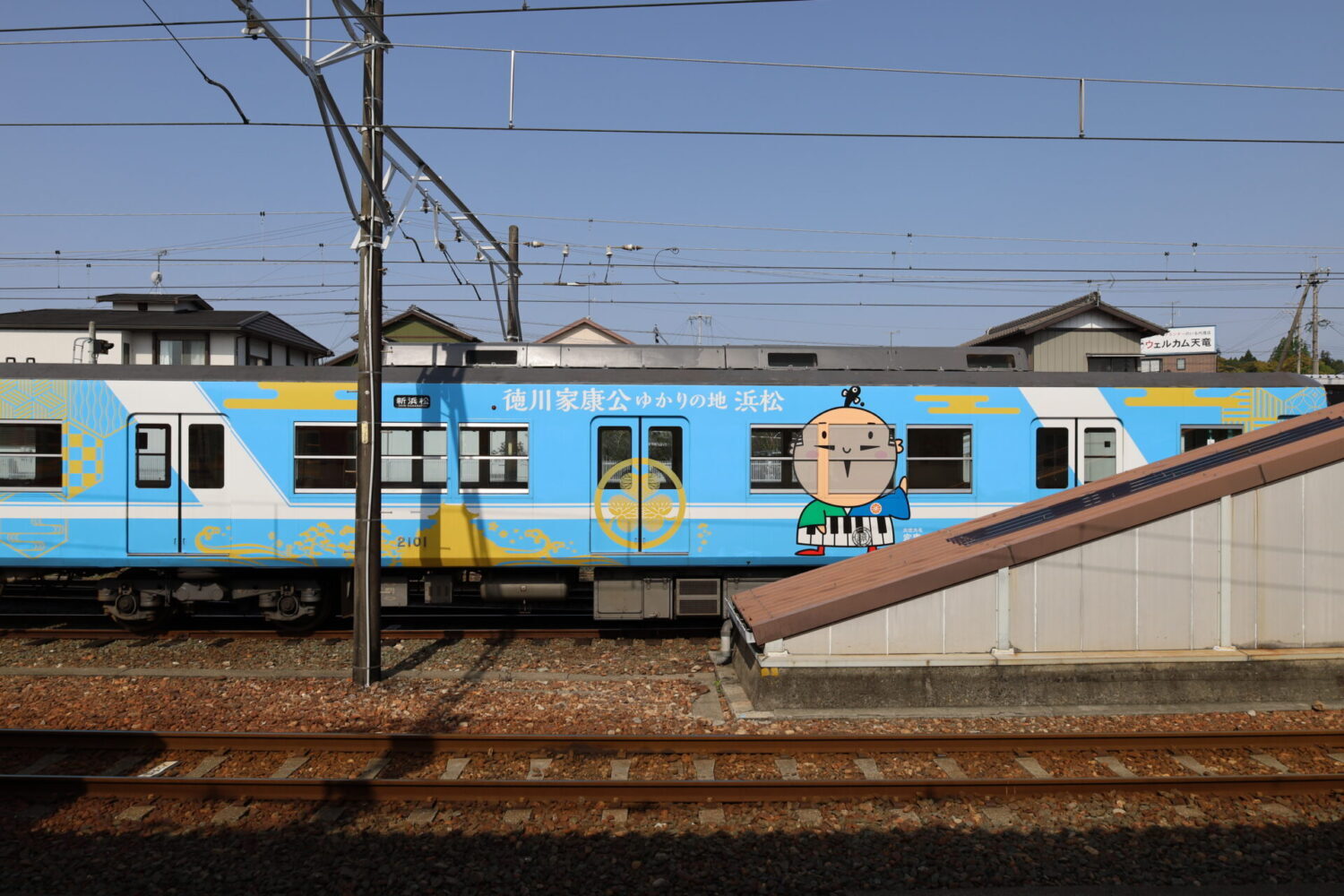
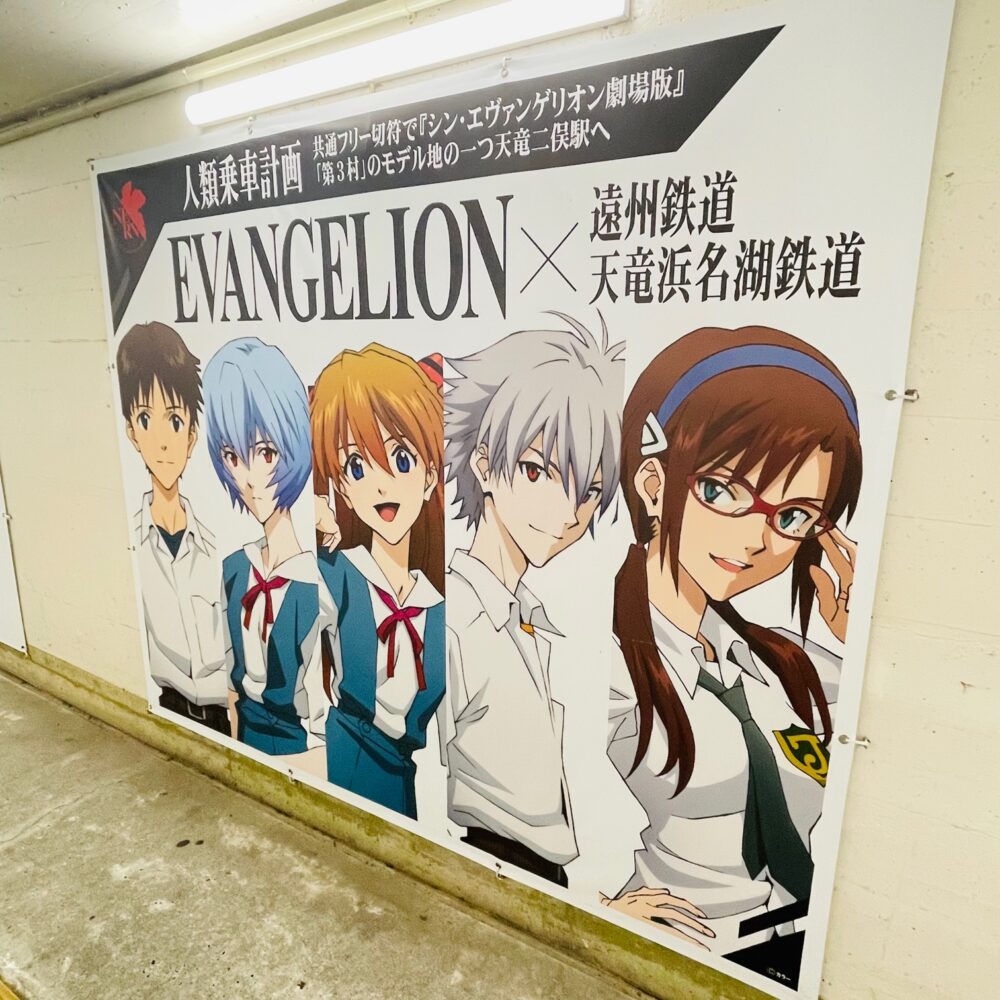
2: Tenryu Hamanako Railroad
Tenryu Hamanako Railroad has the longest operating route distance (67.7 km) of any regional railway company in Shizuoka Prefecture. Its predecessor was the Futamata Line of the Japanese National Railways (now JR), which started operating in 1935. Its nickname is the Tenhama Line. The lines are divided into two routes from Nishikajima Station (The Enshu Railway connection station).
The west route (to Shinkoshobara Station)
The east course (to Kakegawa Station)
This time, I took the Eastern course.
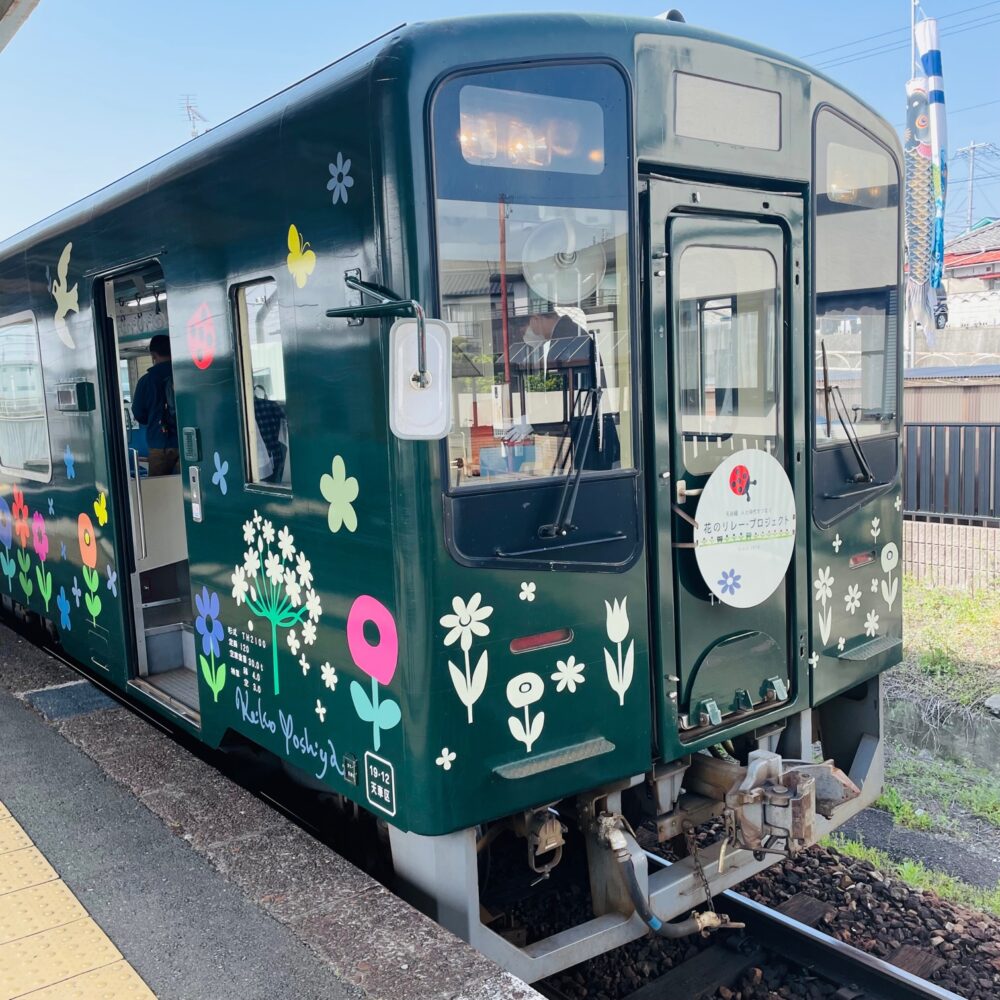
Tenryu Hamanako Railroad is a railway company that has more tangible cultural properties than Kominato Railway. Tenryu Hamanako Railroad has 36 national registered tangible cultural properties, including station buildings and bridges. I rode Kominato Railway the other day in Chiba Prefecture, where 22 facilities were registered as national tangible cultural properties. I regret that I could not visit the tangible cultural assets this time because I did not have time to stop.
The eastern route of the Tenryu Hamanako Railroad does not run only through residential areas like the Enshu Railway, nor does it run only through incredible nature like the Oigawa Railway, so I felt it was halfway through the route.
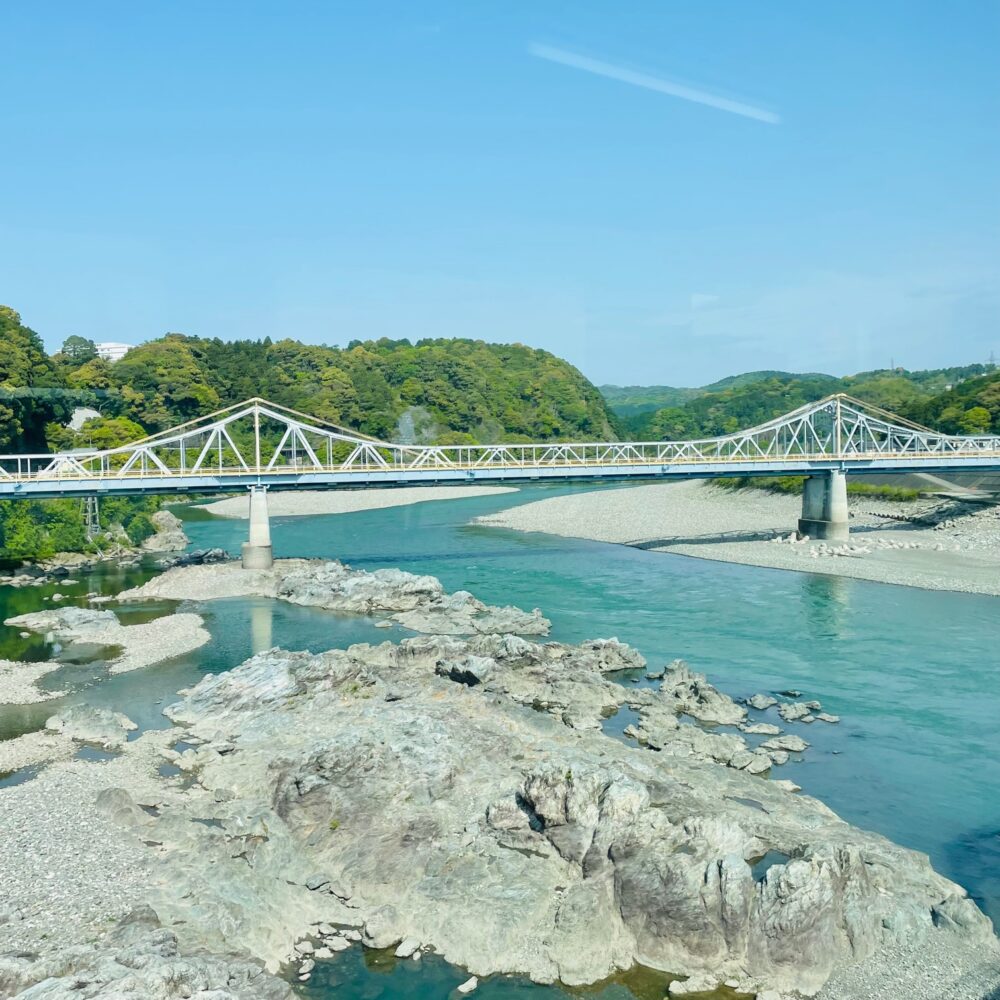
However, unlike railway companies such as Chiba Prefecture’s Kominato Railway, Isumi Railway, and Oigawa Railway, which are well-known among tourists, Tenryu Hamanako Railroad is less famous nationally. It might be interesting. It might be nice to get off halfway and ride on foot or rent a bicycle to see the countryside. I want to try it in the future.
The Tenryu Hamanako Railroad also has a wrapped train commemorating the broadcast of “What to Do about Ieyasu? (Dousuru Ieyasu?)” Tenryu Futamata Station, a station near Futamata Castle, where Tokugawa Ieyasu’s eldest son ‘Nobuyasu’ was the castle’s lord, has a sub-station named “Why? Nobuyasu”. It perhaps means, “Why did Nobuyasu have to commit seppuku (harakiri)?”
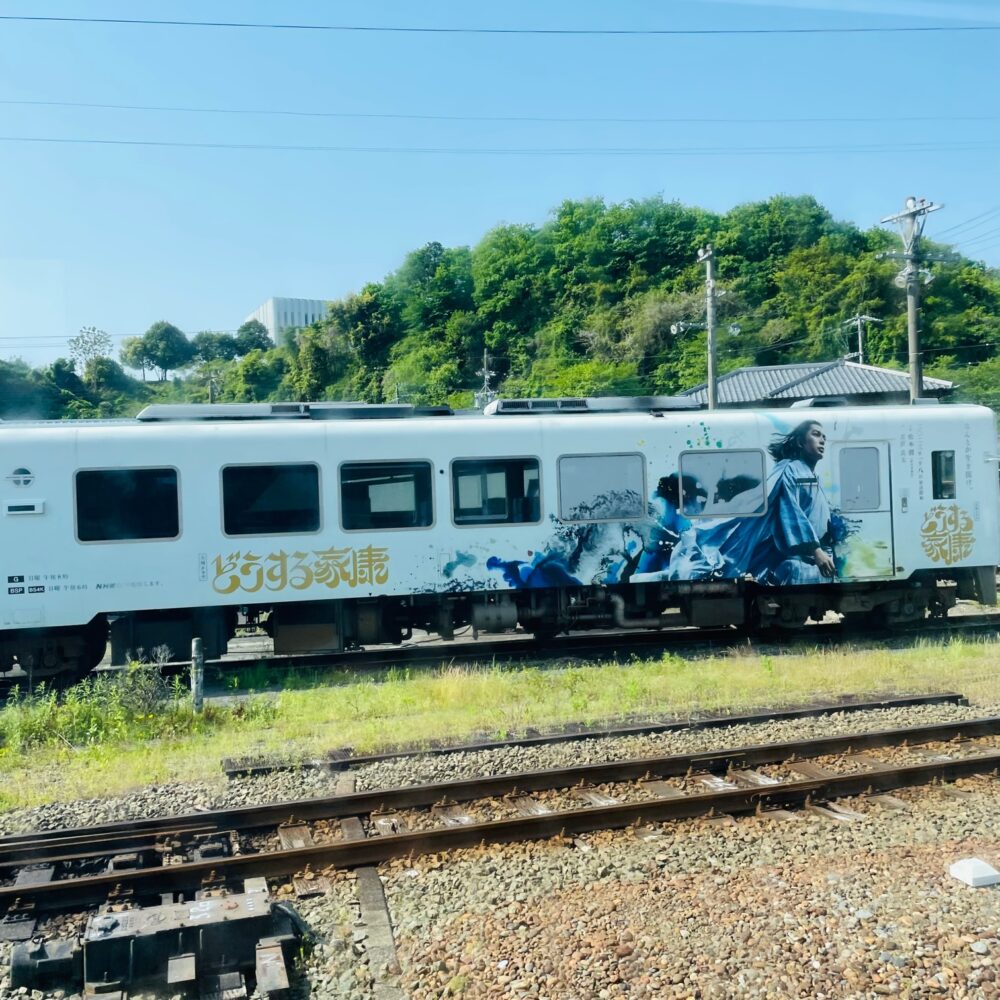
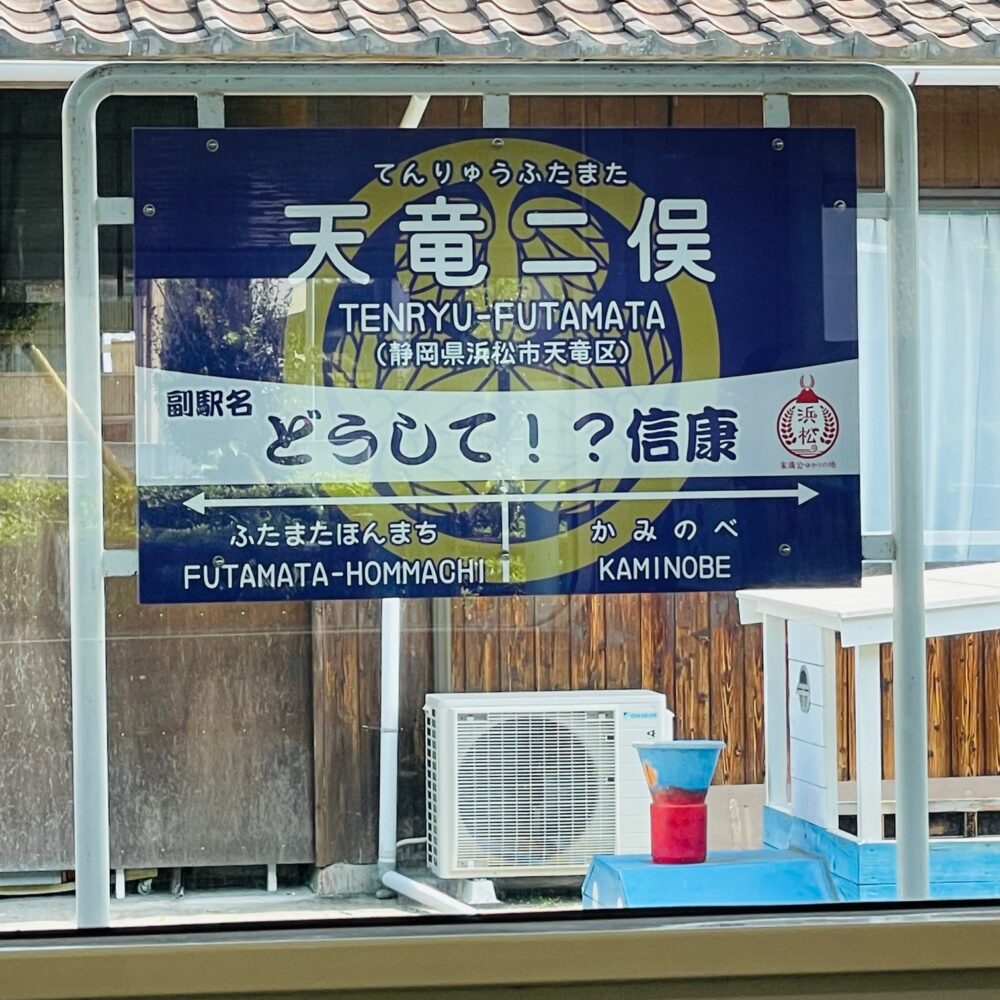
Tenryu Hamanako Railroad, Tenryu Futamata Station, was one of the model locations for the “Third Village” in the film Shin Evangelion the Movie. To attract tourists to Hamamatsu City, the location of Tenryu Futamata Station, Tenryu Hamanako Railroad, and Enshu Railway both utilize Evangelion, and each operates wrapped trains. The two companies also sell a ‘One-day Free Ticket for Tenryu Hamanako Railroad & Enshu Railway’ for 1,480 yen. Evangelion fans can try riding both the Tenryu Hamanako Railroad and Enshu Railway.
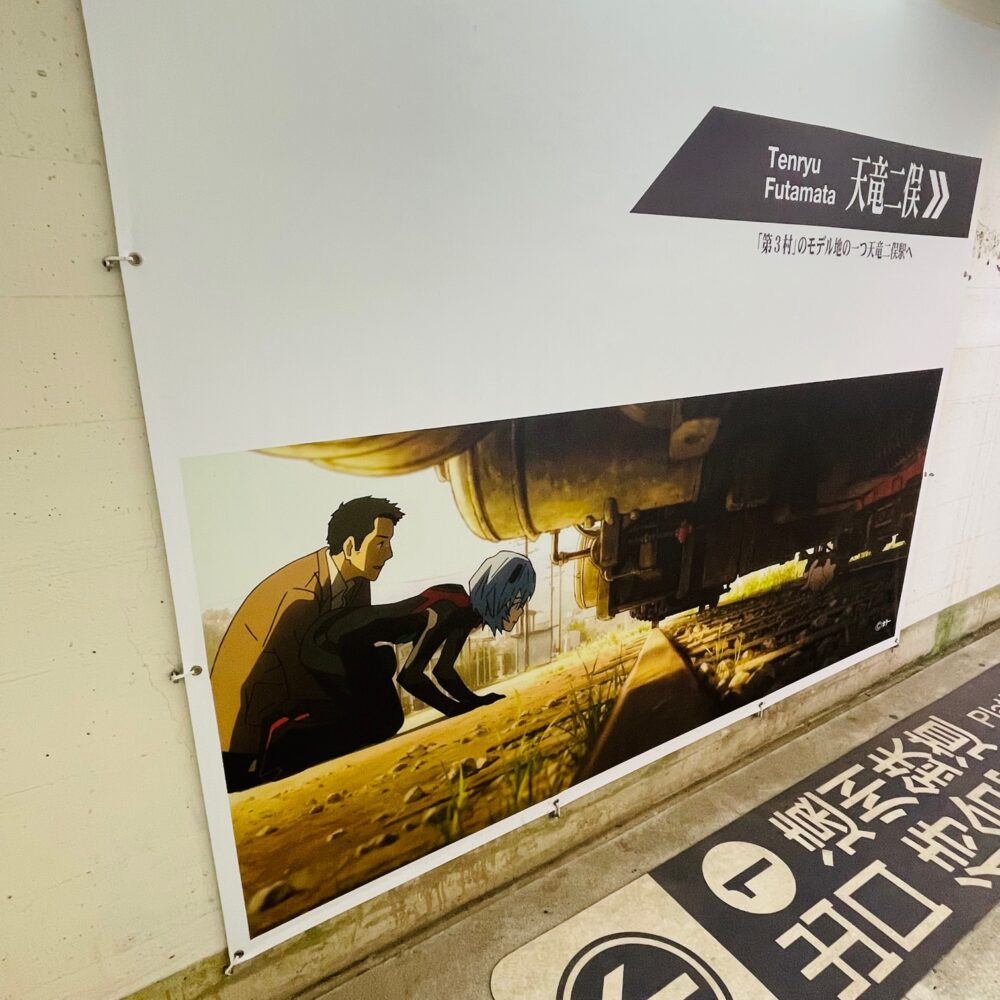
3: Shizuoka Railway
Shizuoka Railway is a railway company with the Shizuoka Shimizu Line (11.0 km), the shortest operating line in Shizuoka Prefecture. The Shizuoka-Shimizu Line was built to transport tea leaves for export from tea wholesalers to Shimizu Port by light railway. Like Enshu Railway, the railway business accounts for only 9.6% of total sales (JPY 12.1 billion, FY2020), with the real estate business being the core business.
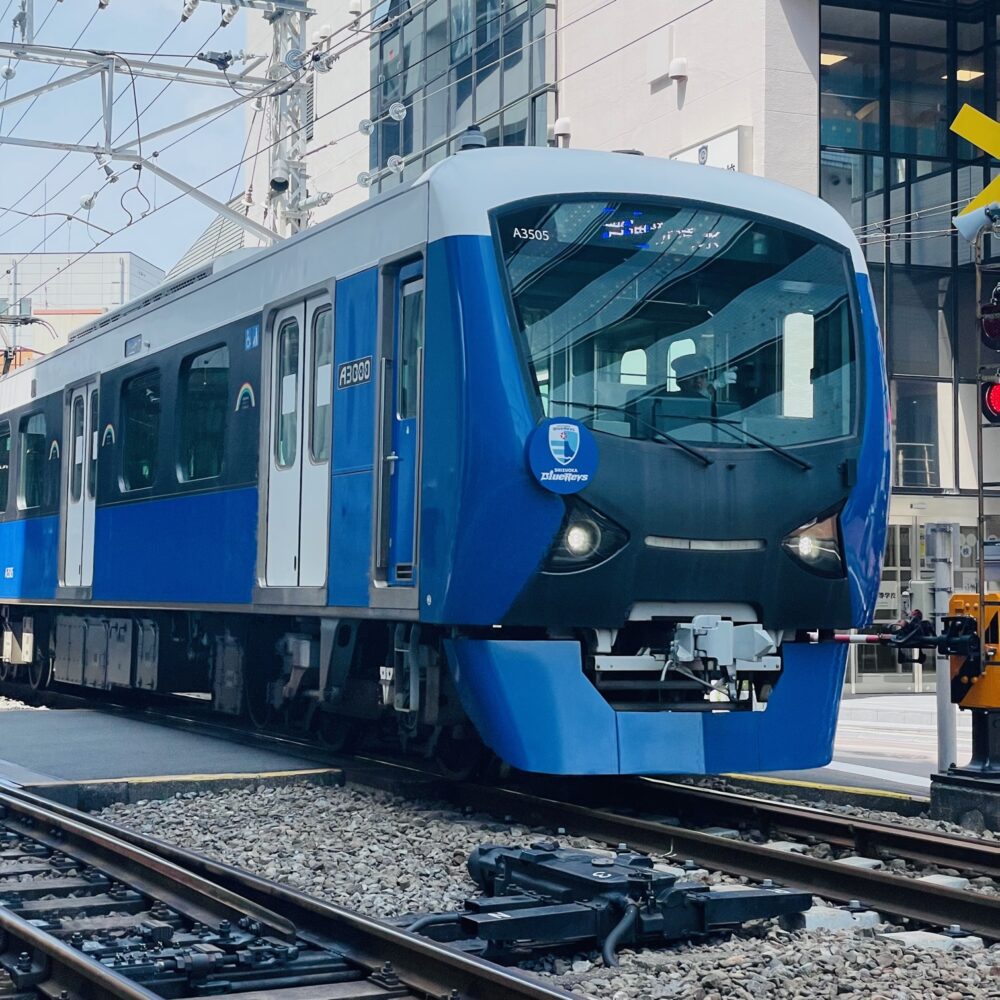
I rode from Shin-Shizuoka Station to Shin-Shimizu Station. The current Shizuoka-Shimizu Line feels like a tram running through a residential area. With few passengers getting on and off the line and the line needing to be more suitable for sightseeing, the challenge will be attracting more passengers. Shizuoka Railway’s railway business had an operating deficit of ¥ 2.9 billion in FY2020 and a deficit of ¥1.9 billion even in FY 2019 before COVID-19.
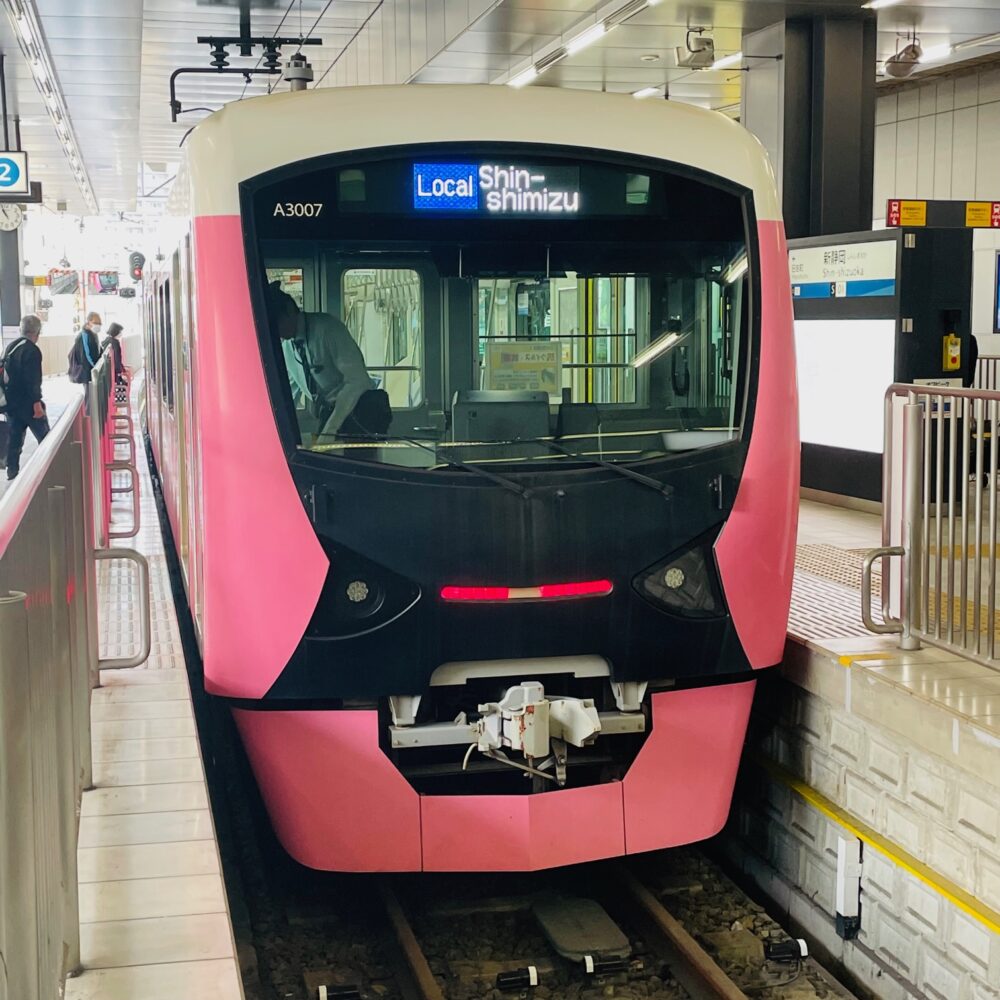
It would be good if buses operated from Shin-Shimizu Station to places such as ‘Miho-no-Matsubara,’ ‘National Treasure Kuno-zan Tosho-gu Shrine’ and Shimizu Port ‘Kashi no Ichi,’ which are popular with tourists. There is a local bus service, but it was inconvenient anyway.
4: Tuna bowl, Miho-no-Matsubara, Kuno-zan Tosho-gu Shrine
The Shimizu Fish Market ‘Kawagishi no Ichiba’ is seven minutes from Shin-Shimizu Station. ‘Kawashi-no-ichi’ is about a six-minute walk from JR Shimizu Station, so getting there from Shimizu Station is more convenient.
I had a tuna bowl (1,300 yen) for lunch at the Tuna Pavilion “Fish Market Restaurant.” The waitress serves pickled tuna (big‐eyed tuna or albacore tuna) in a bowl until the customer says ‘stop.’ I persisted in saying ‘stop’ until the sixth time, the tuna spilled out of the bowl.
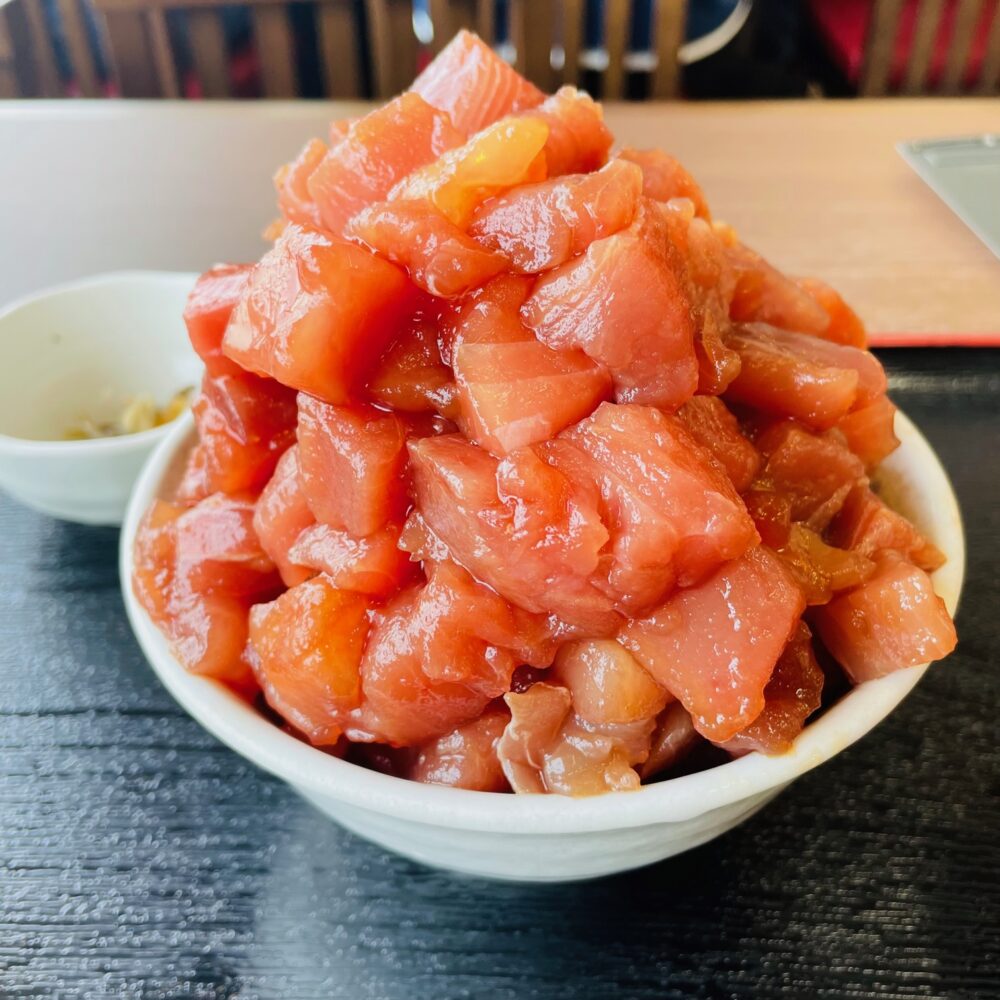
Tuna lovers will find this restaurant irresistible. However, those looking for deliciousness, such as bluefin tuna, rather than quantity would be better off at another restaurant. Five minutes after starting to eat the pile of pickled tuna, I finally saw a bowl of rice.
After lunch, we took a bus to Miho-no-Matsubara. I got off the bus at the entrance to Miho-no-Matsubara. I went to Miho shrine, a shrine associated with the legend of Hagoromo. It is also a famous spiritual hot spot for matchmaking.
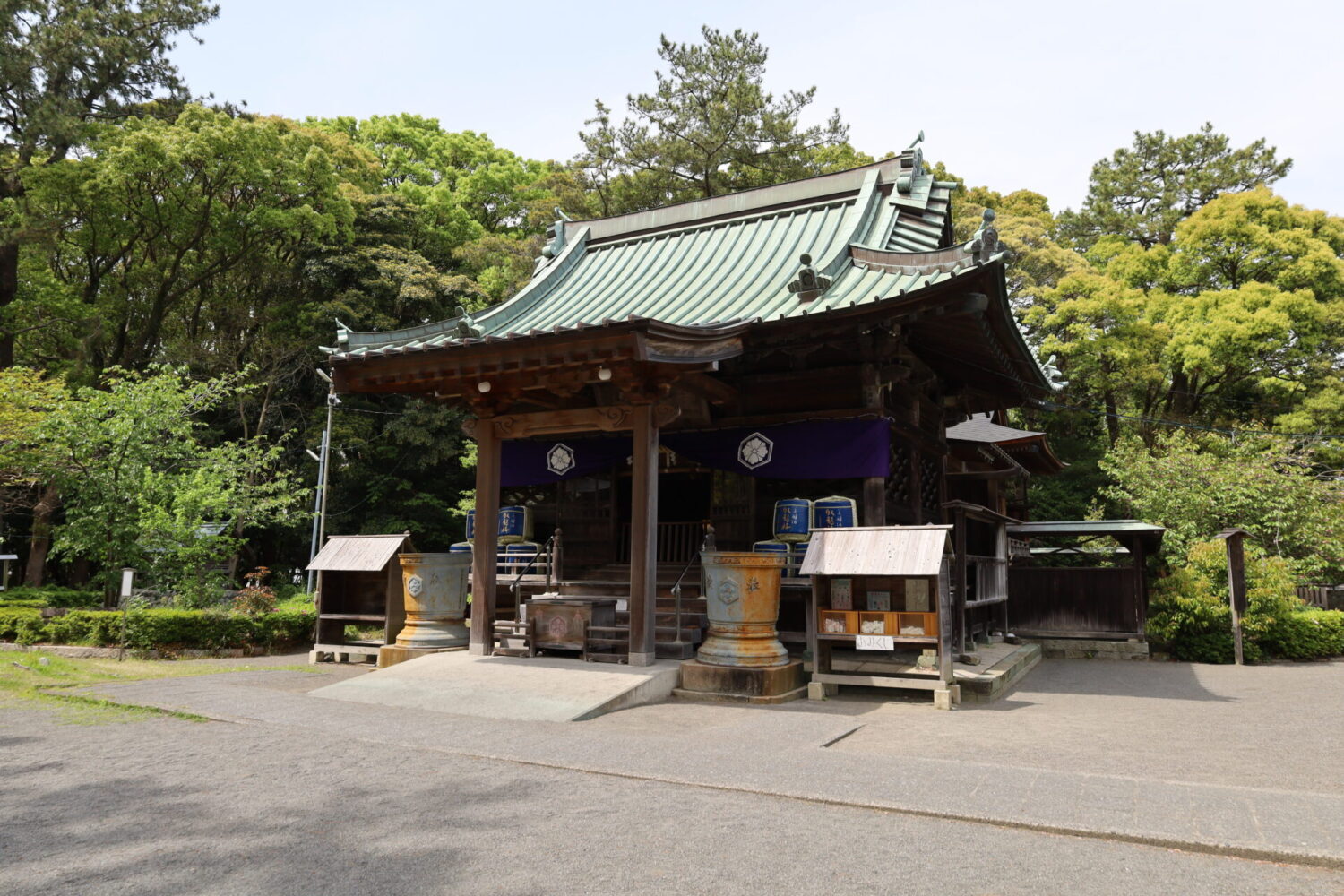

From Miho Shrine, a 500 m pine-lined ‘God path’ led to Miho no Matsubara. Miho no Matsubara is a national scenic beauty spot and part of the World Heritage Site Mt Fuji. Miho no Matsubara was the first ‘Meisho’ (scenic beauty spot) designated by the State in 1922. The spit is approximately 7 km long and home to 30,000 black pine trees. There is also the famous ‘Hagoromo no Matsu’ pine tree, famous for the legend of a heavenly maiden hanging a robe of feathers on it.
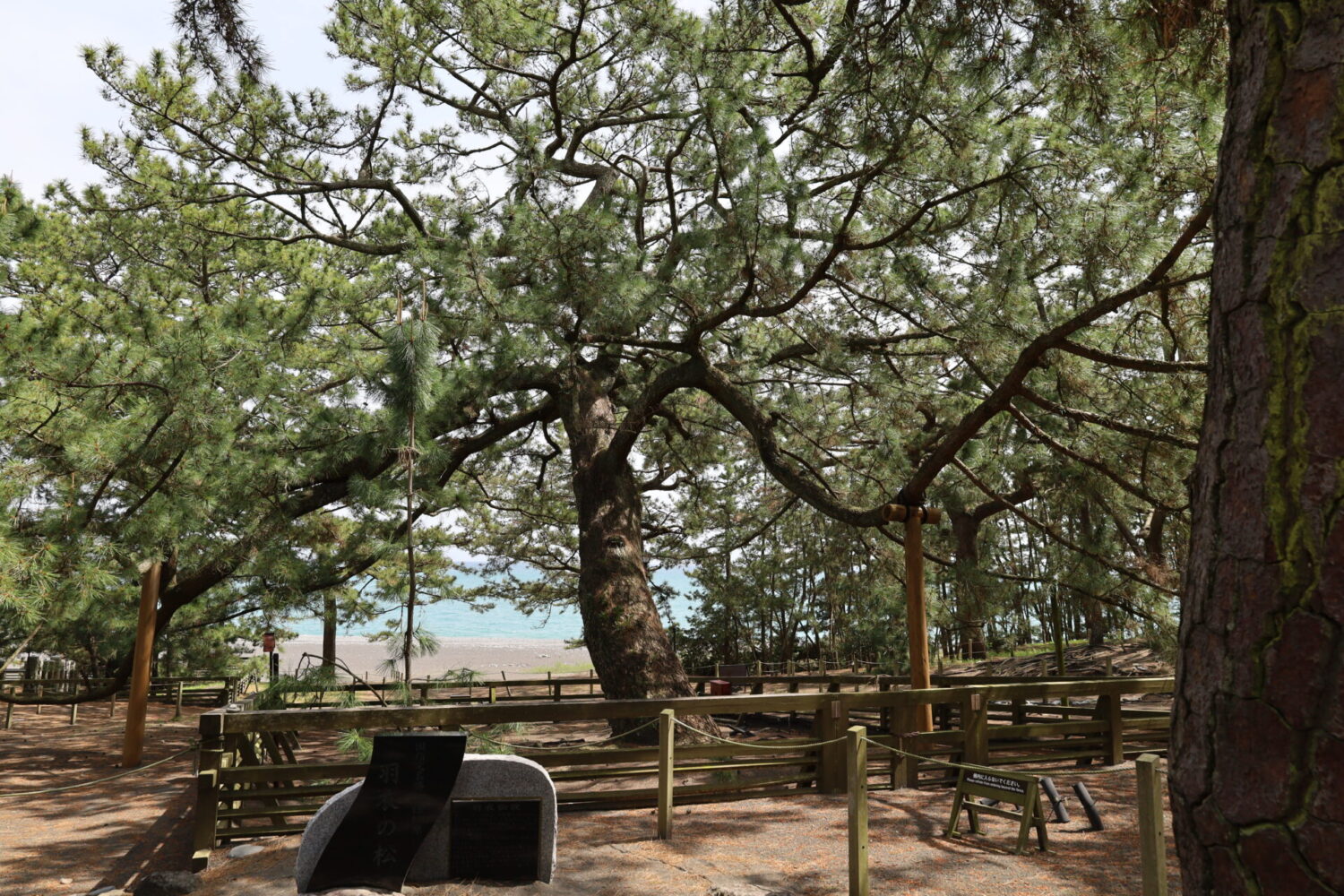
Unfortunately, I could not see Mt. Fuji at Miho no Matsubara due to cloud cover. According to the Surugawan Tourism Federation, the best time to see Mt Fuji from Miho no Matsubara is from January to March.
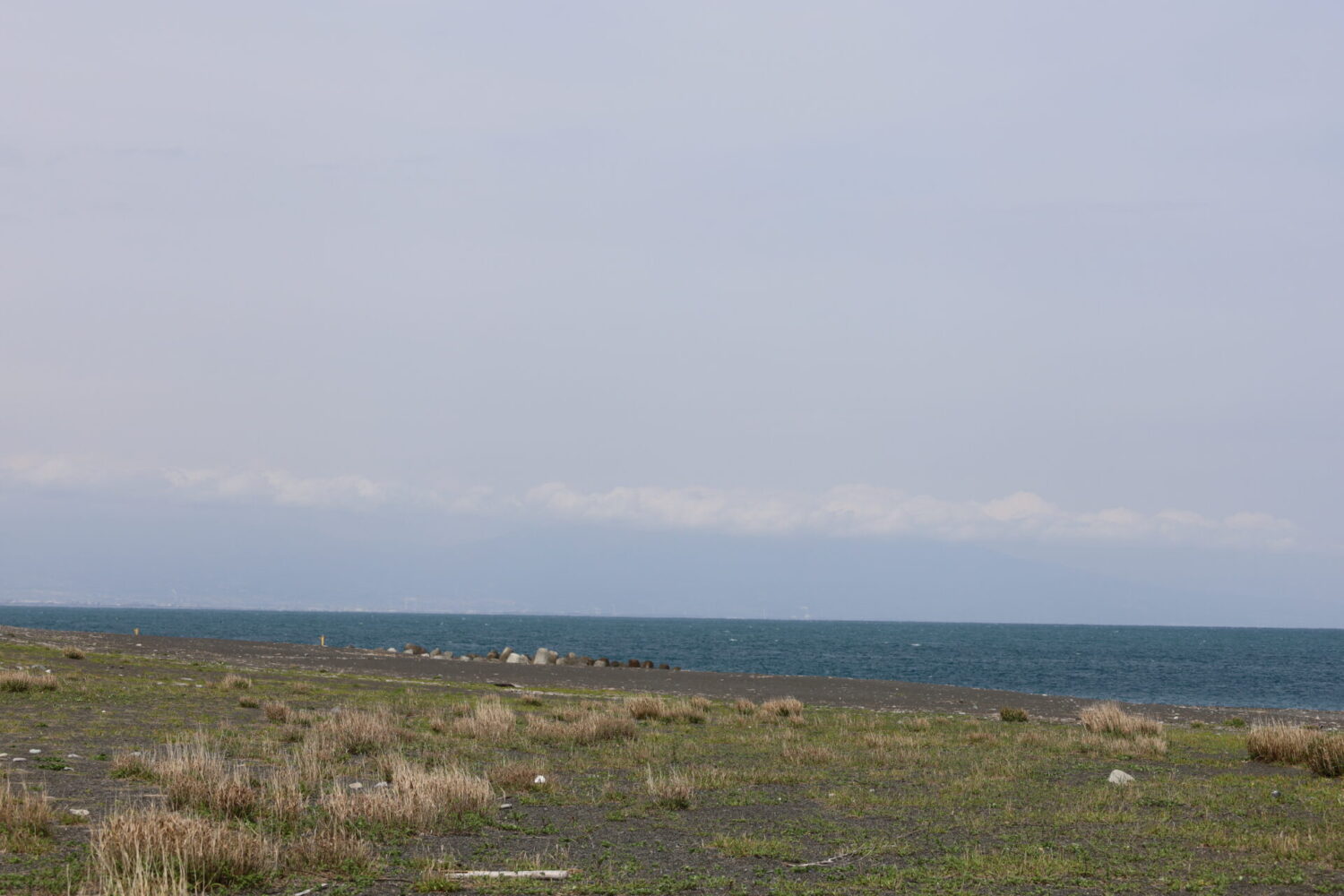
From Miho no Matsubara, I went to Kuno-zan Tosho-gu Shrine. On the way, I had to transfer to a local bus. Moreover, it was a challenging route to transfer because the bus stop for the transfer was on the opposite side of the road. It would be impossible for foreigners who need help understanding Japanese to transfer buses. It made me wonder whether it would be all right to make such an inconvenient journey from Miho no Matsubara, a scenic spot and World Heritage Site, to Kuno-zan Tosho-gu Shrine, the only national treasure structure in Shizuoka Prefecture.
To get to Kuno-zan Tosho-gu Shrine, get off at the bus stop “Kunouzan-shita” and climb the stairs for about 20 minutes. There are 1,159 steps, and the climb is quite tiring. However, you can enjoy a spectacular view of Suruga Bay at the top. Suppose you have a disability or are not confident in your physical strength. In that case, you can easily access Kuno-zan Tosho-gu Shrine using the Nihondaira ropeway.
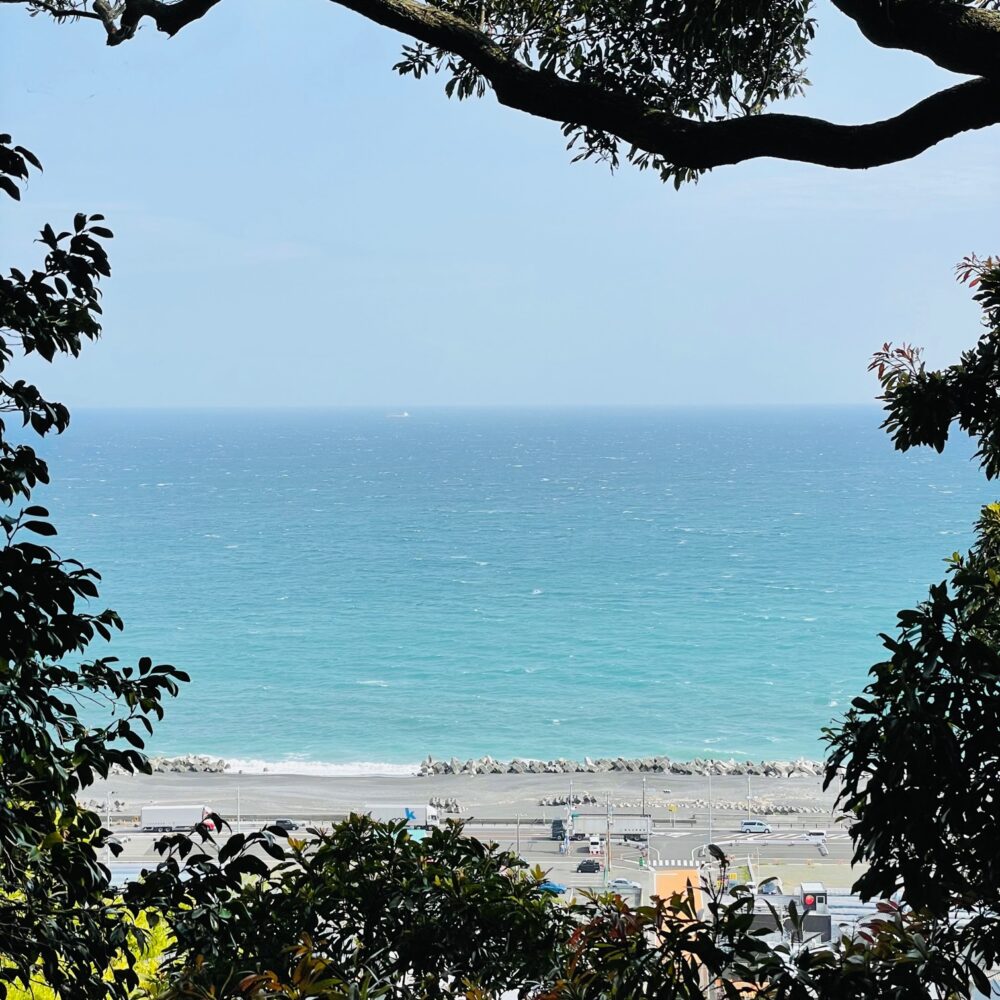
Kunouzan Toshogu was built in 1617 as a mausoleum dedicated to Tokugawa Ieyasu. The shrine pavilions, characterized by their Gongen-zukuri style (style of Shinto architecture in which the main hall and worship hall share one roof、and are connected via an intermediate passageway), all-over lacquer and extreme coloring, were built 19 years before Nikko Toshogu, a World Heritage Site.
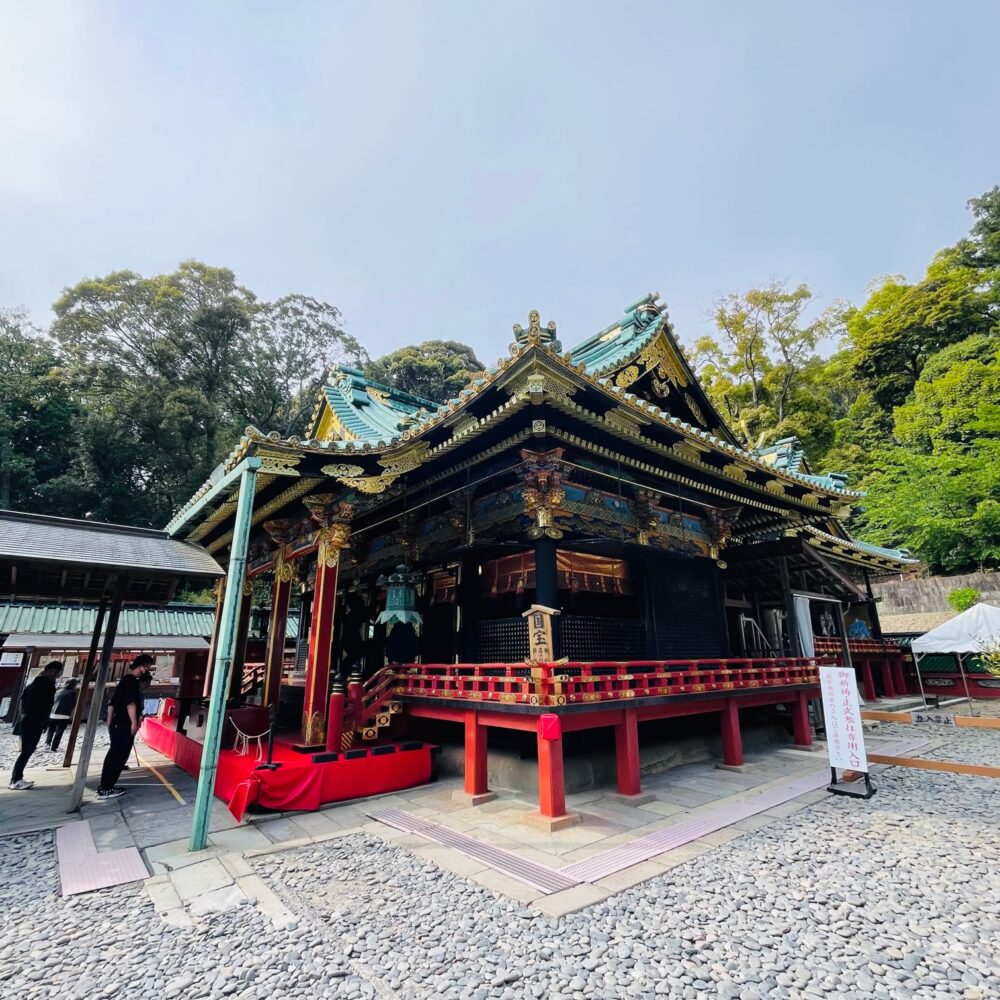
The mausoleum where the remains of Tokugawa Ieyasu were buried is built facing west. There are various theories about why it faces the West, such as Ieyasu’s last will, looking towards his hometown, Mikawa, or glaring at the countries to the West.
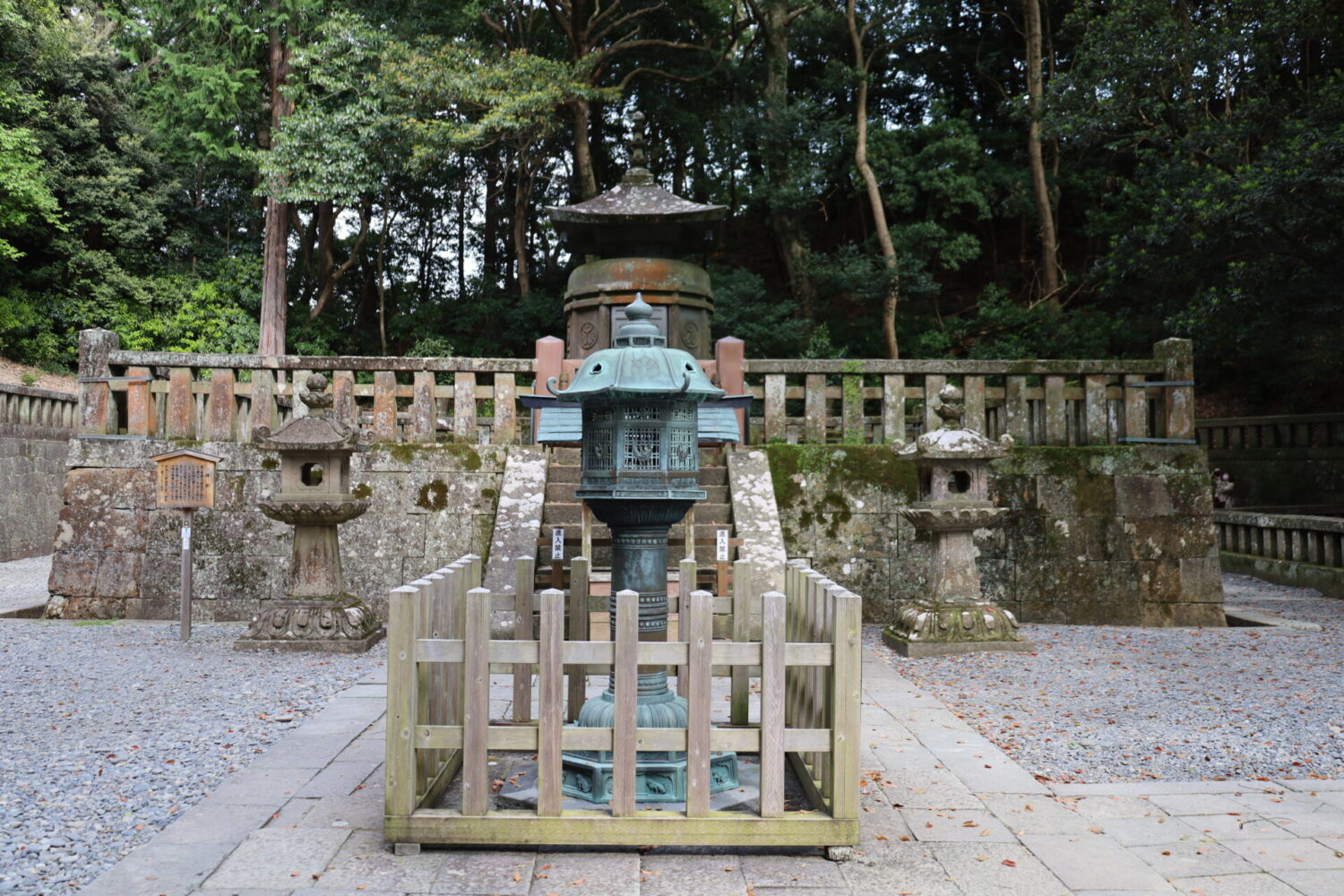
As there is only one bus every two hours to Shimizu Station, I shortened my visit to Kunouzan Toshogu Shrine after about 20 minutes. I ran down the 1,159 steps to Shimizu Station from the ‘Kunouzan Shita bus stop. I was the only passenger from the Kunouzan-shita bus stop. It is unclear whether it is because it is inconvenient that there are few passengers or because there are few passengers that there are few services, but in any case, it was an inconvenient visit to a national treasure.
5: Craft beer, Yamasho
I traveled by JR from Shimizu Station to Numazu Station and enjoyed craft beer at Repubrew near Numazu Station. It was a great beer bar with 20 taps. As well as the excellent craft beer, the staff, and regulars were extremely friendly and welcoming. I am determined to return for sure.

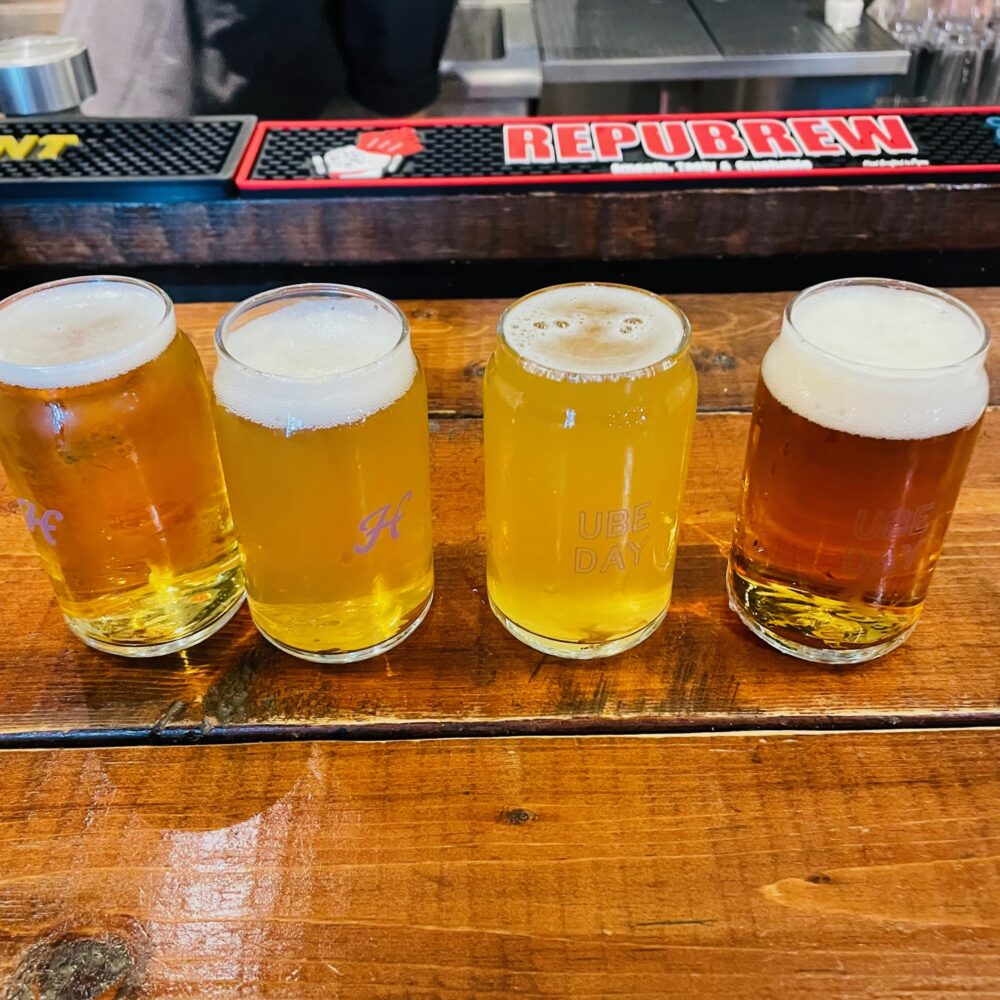
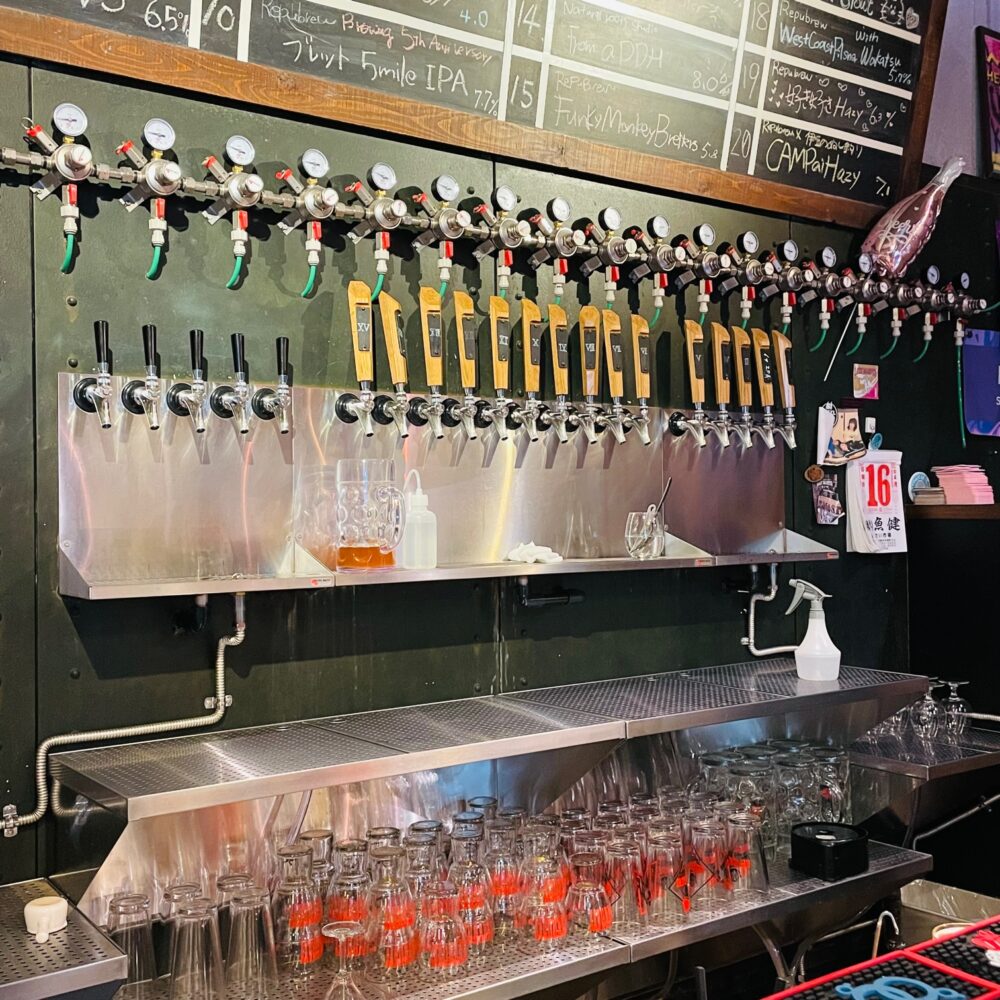
After Repubrew, we had dinner at Yamasho. Yamasho is a very popular seafood restaurant, ranked No. 1 in Numazu City (in terms of ranking and number of registered customers) on the Tabelog. I was lucky enough to get a reservation and visit for the first time. I ordered a course meal on the day and was very satisfied with the taste, quantity, and cost performance. The service was excellent, and I could see why it is a popular restaurant. Getting a reservation on weekends (Friday and Saturday) is challenging. Still, from Monday to Thursday, you can get a reservation. They are another restaurant I would like to revisit.

